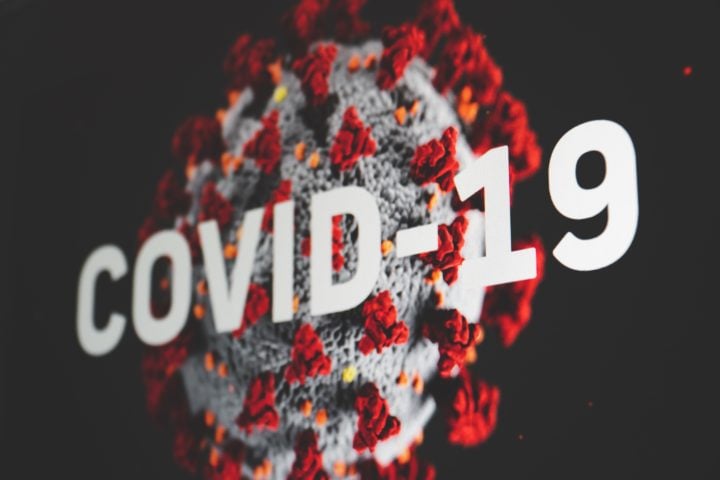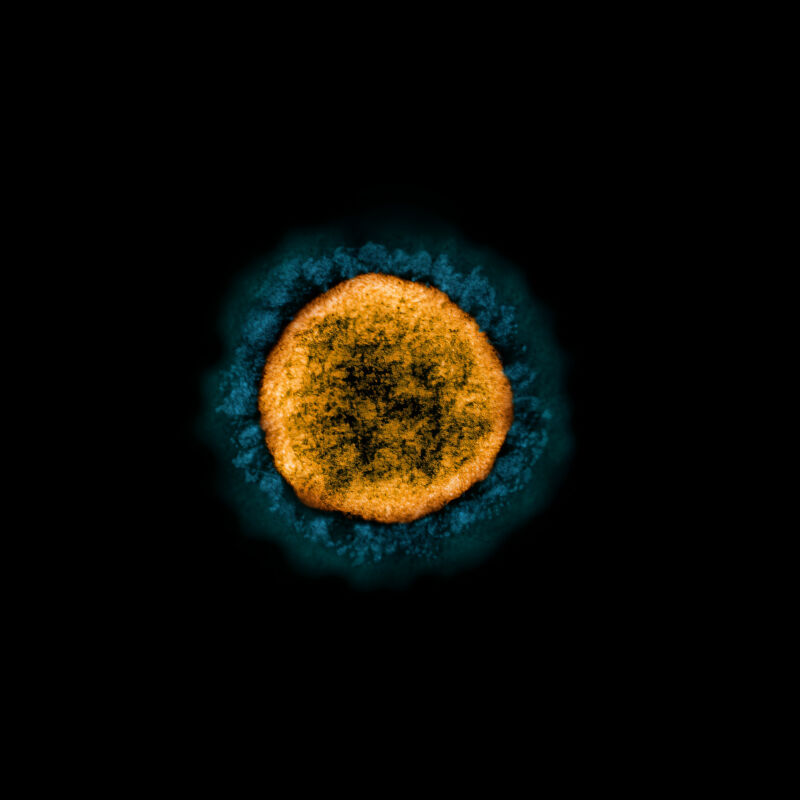
Crédits : Martin Sanchez via Unsplash
Depuis plusieurs jours, la deuxième vague pandémique de COVID-19 semble être encore plus haute que la première. « Nous sommes dans une situation difficile, voire critique , a déclaré, inquiet, Jean-François Delfraissy, l’actuel président du Conseil scientifique du gouvernement français. Nous avions prévu qu’il y aurait cette deuxième vague, mais nous sommes nous-mêmes surpris par la brutalité de ce qui est en train de se passer depuis dix jours. » À l’antenne de RTL ce matin (relayée par Sciences Et Avenir et l’AFP), ce professeur de médecine et président du Comité national d’éthique avoue craindre que ces concitoyens n’aient pas encore vraiment « pris conscience de ce qui les attend. » En effet, malgré le début du couvre-feu depuis dix jours dans les zones d’alerte maximale comme l’Île-de-France, les chiffres quotidiens dépassent ceux de printemps dernier. Ce dimanche 25 octobre, la France a battu un nouveau triste record en recensant plus de 52 000 nouveaux cas de contamination en 24 heures . Au total, 1 138 510 personnes ont été affectées par le COVID-19 en France depuis janvier 2020 et 34 761 ont été victimes. Dans le monde, les autorités de santé internationales comptent actuellement 10,3 millions de malades et 1,16 millions de morts.
Couvre-feu vs. Reconfinement
Pour enrayer cette deuxième vague au plus vite, Jean-François Delfraissy a dit sur RTL (ci-dessus) mettre « deux options sur la table » du gouvernement. La première est celle d’un durcissement spatio-temporel du couvre-feu actuel . Il serait établi plus tôt, y compris le week-end, mais serait aussi mis en place dans davantage de régions de l’Hexagone. Il conseille de voir si la courbe des contaminations s’inverse ou non dix jours ou deux semaines plus tard. Si rien n’y fait, un retour au confinement du mois de printemps sera nécessaire. La seconde consisterait à reconfiner immédiatement mais de manière plus douce qu’auparavant . « Ce reconfinement permettrait probablement de conserver une activité scolaire et aussi un certain nombre d’activités économiques » , envisage le président du Conseil scientifique tout en laissant aux pouvoirs politiques de décider des modalités précises. L’idée serait ensuite, une fois la courbe inversée, de déconfiner beaucoup plus progressivement avec le retour à un couvre-feu.
D’autres experts en santé publique, comme le professeur à l’université de Lille Philippe Amouyel interrogé par BFMTV (ci-dessus), conseillent de passer dès maintenant à un reconfinement afin d’éviter d’assister à « un doublement des chiffres voire à un quadruplement dans trois semaines. » Le professeur de médecine de Lille suggère, par exemple, d’élargir les plages horaires pour désengorger les transports en commun mais aussi d’accentuer le télétravail. L’ensemble des commerces, hormis les supermarchés, resteraient néanmoins fermés jusqu’à nouvel ordre.
Couvre-feu plus strict ou reconfinement moins dur : les 2 options à l’étude

 chevron_right
chevron_right





 Crédits : Martin Sanchez via Unsplash
Crédits : Martin Sanchez via Unsplash

